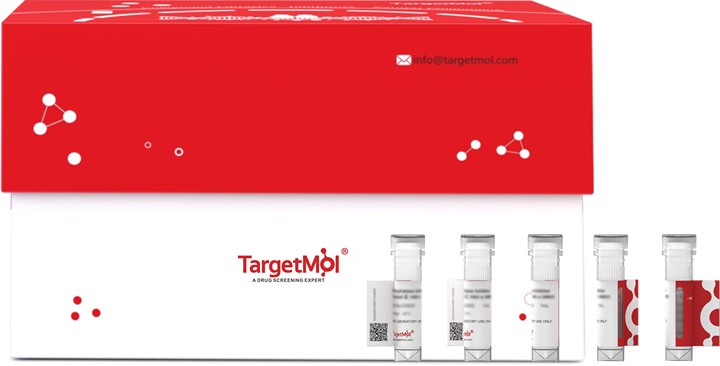Shopping Cart
- Remove All
 Your shopping cart is currently empty
Your shopping cart is currently empty

HHLA2 Protein, Human, Recombinant (hFc & Avi), Biotinylated is expressed in HEK293 Cells. The accession number is Q9UM44-1.

| Pack Size | Price | Availability | Quantity |
|---|---|---|---|
| 20 μg | $588 | Backorder | |
| 100 μg | $1,380 | Backorder |
| Biological Activity | Immobilized CD28H/TMIGD2 Protein, Human, Recombinant (hFc) (Cat#TMPY-05440) at 2 μg/mL (100 μL/well) can bind HHLA2 Protein, Human, Recombinant (hFc & Avi), Biotinylated (Cat#TMPY-07139), the EC50 is 200-650 ng/mL. |
| Description | HHLA2 Protein, Human, Recombinant (hFc & Avi), Biotinylated is expressed in HEK293 Cells. The accession number is Q9UM44-1. |
| Species | Human |
| Expression System | HEK293 Cells |
| Tag | C-hFc-Avi |
| Accession Number | Q9UM44-1 |
| Synonyms | B7y,B7-H7,B7H7,B7-H5 |
| Construction | A DNA sequence encoding the Human HHLA2 (NP_009003.1) (Met1-Asn344) was expressed with a c-terminal AVI tagged Fc region of human IgG1 at the C-terminus (Fc-AVI). The expressed protein was biotinylated in vivo by the Biotin-Protein ligase (BirA enzyme) which is co-expressed. |
| Protein Purity | ≥ 90% as determined by SDS-PAGE. ≥ 90% as determined by SEC-HPLC. |
| Molecular Weight | 65.5 kDa (predicted); 95.6 kDa (reducing contition, due to glycosylation) |
| Endotoxin | < 1.0 EU per μg of the protein as determined by the LAL method |
| Formulation | Lyophilized from sterile 50 mM HEPES, 300 mM NaCl, 8% Glycerol, 0.1 M Arginine, 10% Trehalose, pH 7.5. Please contact us for any concerns or special requirements. Normally 5 % - 8 % trehalose, mannitol and 0.01% Tween 80 are added as protectants before lyophilization. Please refer to the specific buffer information in the hardcopy of datasheet or the lot-specific COA. |
| Reconstitution | Please refer to the lot-specific COA. |
| Stability & Storage | It is recommended to store recombinant proteins at -20°C to -80°C for future use. Lyophilized powders can be stably stored for over 12 months, while liquid products can be stored for 6-12 months at -80°C. For reconstituted protein solutions, the solution can be stored at -20°C to -80°C for at least 3 months. Please avoid multiple freeze-thaw cycles and store products in aliquots. |
| Shipping | In general, Lyophilized powders are shipping with blue ice. |
| Research Background | B7H7 gene encodes a protein-ligand found on the surface of monocytes. The encoded protein is thought to regulate cell-mediated immunity by binding to a receptor on T lymphocytes and inhibiting the proliferation of these cells. Alternate splicing results in multiple transcript variants. HERV–H LTR-associating 2 (HHLA2, also called B7H7/B7-H5/B7y)has been recently discovered as the newest member of the B7 family and has 23–33% similarity in amino acid sequence with the other B7 molecules. This ligand is the only B7 family member that is found in humans but not in mice. It is constitutively expressed on the surface of human monocytes and is induced on B cells. HHLA2 binds to its putative receptor(s) on a variety of immune cells including CD4 and CD8 T cells and antigen-presenting cells. Similar to B7-H3, both a T cell coinhibitory role, as well as a costimulatory role, has been reported for this ligand.Cancer ImmunotherapyImmune CheckpointImmunotherapyTargeted Therapy |

Copyright © 2015-2025 TargetMol Chemicals Inc. All Rights Reserved.